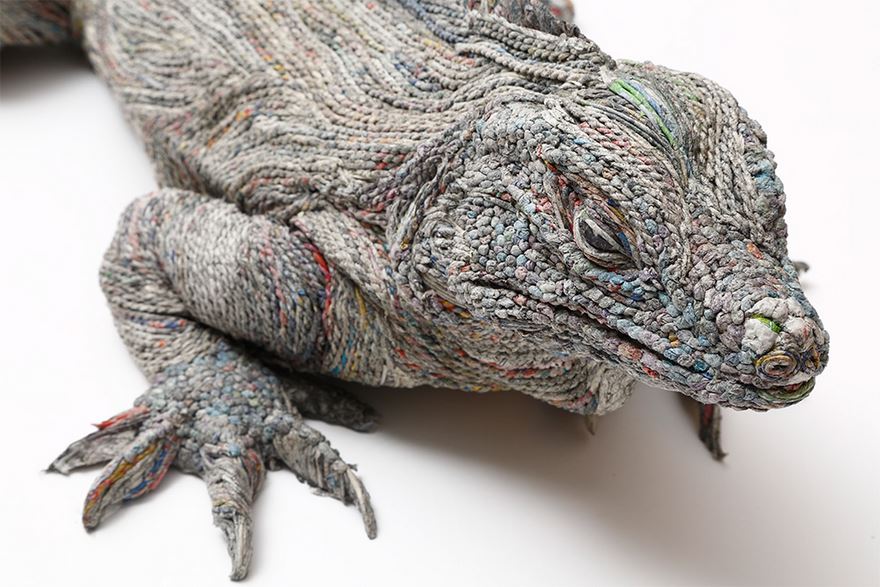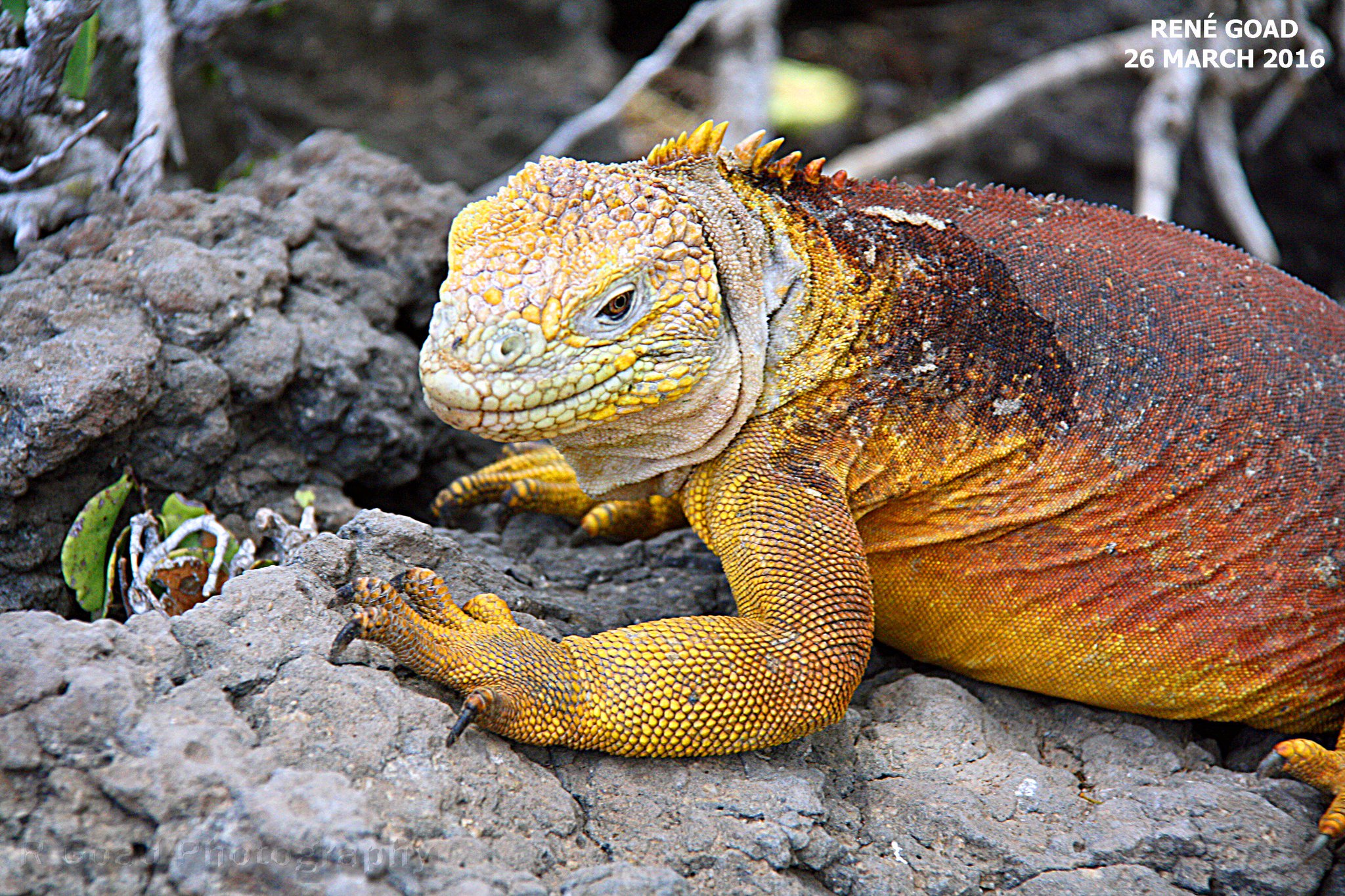Tourists are Giving Endangered Iguanas Diarrhea and High Cholesterol
Hop on over to the photo-sharing site Flickr and you'll find
dozens of photos and
videos of people eagerly
feeding grapes
to hungry iguanas on the beaches of the Bahamas.
It looks like great
fun and the iguanas obviously go crazy for the fruit, which is usually
fed to the lizards on the ends of long sticks.
There's just one problem
with this activity: the food is making the iguanas sick.
Health
conditions arising from the grapes and other foods that iguanas do not
normally eat in the wild include diarrhea, high blood sugar and
cholesterol as well as lowered levels of potassium and a high level of
parasitic infections.
All of these problems "could have deleterious
effects on long-term fitness and population stability," according to
Charles Knapp, director of conservation and research at Chicago's John
G. Shedd Aquarium and the lead author of a new study of the iguanas
published last week in
Conservation Physiology.
Bahamian rock iguanas (
Cyclura cychlura)
live on the islands of Andros and Exuma and several small nearby cays
in the island chain. Although not technically endangered, they are
considered
vulnerable to extinction,
with a total wild population of fewer than 5,000 individuals. That
count covers the entire species, which also includes three subspecies,
two of which are endangered and one of which is critically endangered.
As
Knapp and his fellow researchers wrote in the paper, the feeding of
wildlife is "an increasingly popular yet under-studied tourism-related
activity" that is often sanctioned and encouraged for both marine and
terrestrial animals. Sometimes that is beneficial, providing the animals
with access to low-stress nutrition and humans with a positive
conservation experience. Other times, however, feeding wildlife can
cause problems, especially if it includes items from outside of their
native diets.
Consequences can include nutritional imbalances, obesity
or behavior changes that have harmful long-term effects.
Knapp and
his team wanted to find out if the hundreds of weekly tourists visiting
iguana habitats were having a positive or negative effect on the
animals' health. They traveled to the islands in 2010 and 2012 and
examined iguanas that interact with tourists as well as those in more
isolated locations.
They found that both groups of iguanas appeared the
same externally but the tourist-fed iguanas—especially the more
aggressive males—showed signs of nutritional imbalance. Many had
diarrhea, all of them carried parasites and their blood showed abnormal
levels
of calcium, glucose, potassium and uric acid. The tourist-fed males
also had aberrant amounts of cholesterol, copper, magnesium and other
nutrients. The paper links the high-sugar, low-potassium levels to the
grapes, Ground beef and other animal proteins could be causing the high
cholesterol and uric acid levels found in the iguanas. (The iguanas are
normally herbivorous.)
Tourists aren't the primary threat to
Bahamian rock iguanas, however. The species faces habitat loss due to
construction, dangerous feral animals such as goats, collection for pet
trade and illegal hunting. (They're the only iguana species still caught
for food.) Those threats aren't going away anytime soon.
In a
press release
Knapp said that it's unrealistic to expect tourists to stop feeding the
iguanas.
"Instead," he suggested, "wildlife managers could approach
manufacturers of pelleted iguana foods and request specially formulated
food to mitigate the impact of unhealthy food. Tour operators could
offer or sell such pellets to their clients, which would provide a more
nutritionally balanced diet and reduce non-selective ingestion of sand
on wet fruit." Done right, the authors suggest, tourism could actually
benefit the iguanas and give them the nutrition and safety they need in
order to boost their populations. That's a worthy goal we're sure the
iguanas can get behind, even if it means fewer grapes.
Photos:
Iguana with grape in its mouth by Kate Hardy, courtesy of Oxford
University Press. Iguana reaching for grapes by Chris Dixon via Flickr. Used under Creative Commons license
Previously in Extinction Countdown:











